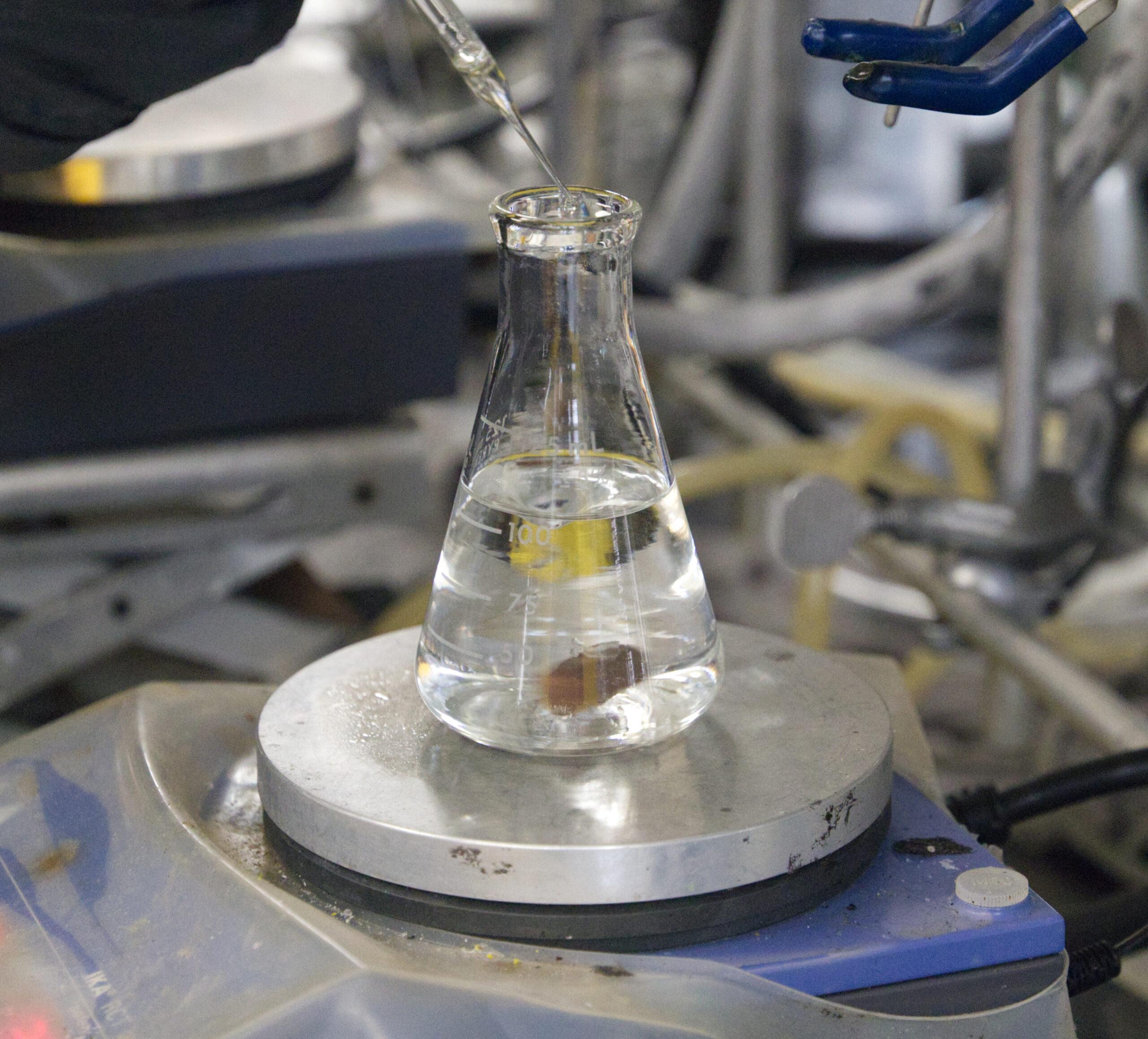
Support for Affiliated Research Teams
Support for Affiliated Research Teams
In FY20 the Science Alliance introduced the Support for Affiliated Research Teams (StART) program. StART is designed to deepen the collaborative spirit between the University of Tennessee and Oak Ridge National Laboratory. The program issues an annual call for proposals with two subsequent submission deadlines. Proposals are evaluated on technical merit, potential for continuing and meaningful collaborations, inclusion of graduate and undergraduate students, and the likelihood for future external funding. The first awards were announced in August, 2019.
2023 – 2024 Awards
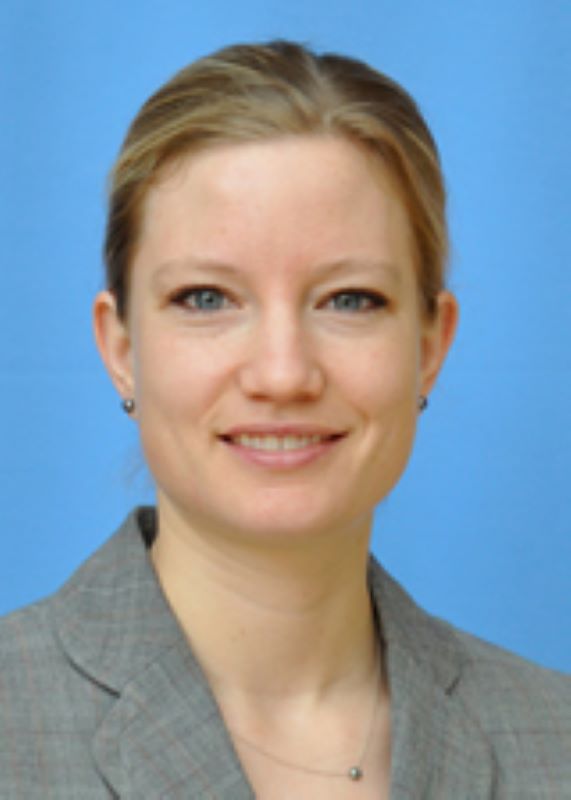
Jennifer DeBruyn
Biosystems Engineering & Soil Science
Microbial cascades from animal decomposition hot spots in Sphagnum bogs
Understanding ecosystem carbon and nutrient flows is critical to predicting responses to a changing climate. Sphagnum-dominated bogs (peatlands), which currently store >25% of global terrestrial carbon, are under threat of becoming a source of greenhouse gasses as rising temperatures increase microbial decomposition of long-stored organic matter. Quantifying microbial decomposition is thus essential to future climate models. Our objective is to determine how decomposing animals alter microbial communities and their nutrient and carbon cycling activities inSphagnum bogs.

Ivis Chaple Gore
Nuclear Engineering
Development of Novel Diagnostic Radiopharmaceuticals for Early Detection of SSTR+ Neuroendocrine Tumors
Neuroendocrine tumors (NETs) are a rare type of vascularized tumor with a prevalence of ~170,000 patients in the United States, with diagnoses increasing each year. Survival rate for patients with NETs varies by extent and location of disease, with pancreatic NETs having the highest risk of death and a five-year survival rate of ~22.7%. There are only a handful of FDA approved radiopharmaceuticals that can be used to diagnose and/or treat NETs. Nuclear medicine is a great tool for diagnosis of NETs because it enables us to accurately and non-invasively assess disease with a single scan. The radiopharmaceuticals we propose to develop will aid in the diagnosis of NETs.
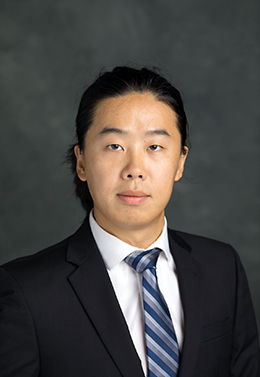
Haochen Li
Civil & Environmental Engineering
AI-empowered bio-inspired flexible turbine for efficient wave energy harvesting
Wave energy could serve as a reliable, low-cost, and zero-carbon energy source. However, existing wave energy harvesting systems such as oscillating water column Wells turbines have limited deployment in practice. This primarily stems from the low energy conversion efficiency of such turbine systems, despite their simple construction and low maintenance cost. The energy conversion efficiency of Wells turbines is fundamentally constrained by their symmetrical shape, which converts oscillating air pressure into unidirectional rotation. Inspired by the ubiquitous example of flexible wings and fins in nature, we propose a novel solution of using biomimetic flexible turbine blades to enable passive pitch control and enhance the Wells turbine performance.
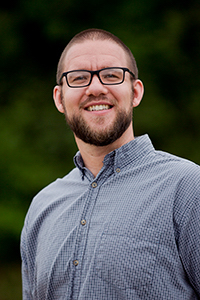
Hugh Medal
Industrial and Systems Engineering
Protecting Power Grids Using Decision-Dependent Uncertainty
To create reliable, resilient, sustainable, and equitable power systems, there is a need to develop excellent design planning tools. The overall objective of this project is to develop an interoperable and flexible MDPT built using a decision-dependent, non-linear stochastic model. This study is the first to consider redefining the boundaries of microgrids as part of the reconfiguration responses while factoring in the unique disturbances stemming from the adoption of Variable Renewable Energies. This project will develop an MDPT that incorporates the complex operational considerations of distributed energy resources and Variable Renewable Energies while considering the hierarchical nature of networked microgrids in the budding power distribution networks.
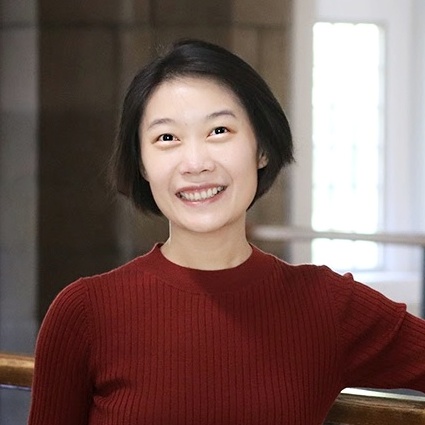
Yishu Wang
Materials Science & Engineering
In situ Neutron Reflectometric and Thermo-Magneto-Electric investigations of quantum devices
This project develops an experimental scheme for in situ neutron reflectometry to characterize the energy-harvesting thermo-magneto-electric process in quantum devices known as spintronics. The aim of this research is to address the growing potential of spintronics for information technology by providing direct insights into interface magnetism and its crucial role in device functionality. During the initial period, the project will fabricate and analyze spintronic devices at UTK and customize the neutron scattering setup at SNS’s BL4A Magnetism Reflectometer.
Second Year Funding Awards
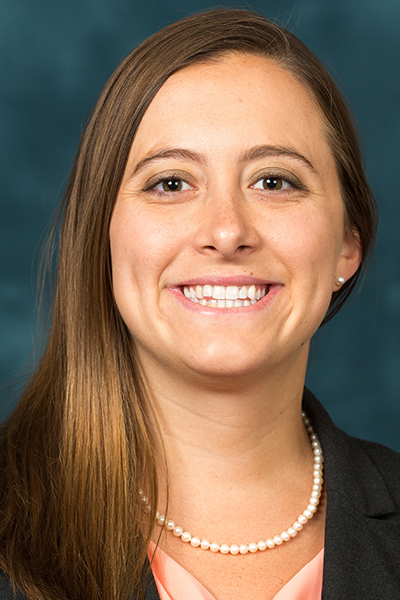
Colleen Crouch
Mechanical, Aerospace and Biomedical Engineering Department
Brain Spatial Multi-omic Imaging & Analysis Protocol: Alzheimer’s Disease Proof of Concept
Mapping phenotypic signatures of the brain can be used to identify changes due to aging or disease through development of multimodal research protocol. Better understanding of the spatial heterogeneity of phenotypic changes occurring during disease progression will allow more targeted diagnosis and treatment. Using computational algorithms to integrate data, generated from mass spectrometry imaging, microscopy-guided single cell MS profiling, and spatial single-cell RNA sequencing from tissue sections of targeted brain regions to create a 3D atlas/map of a portion of the brain. Previously, these 3 techniques have not been combined previously.
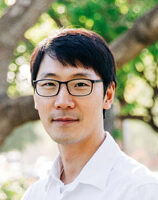
Joon Sue Lee
Department of Physics and Astronomy
Topological Quantum Materials Prepared by Epitaxy
Topology, a way of thinking about objects based on their broad properties that are preserved under continuous deformations, can be applied to condensed matter physics. In the context of quantum materials, topology can explain and predict why novel electronic states emerge at surfaces/edges and interfaces with unusual properties such as spin-charge coupling and novel superconducting features, which make the topologically nontrivial materials (topological materials) exciting candidates for future device applications.
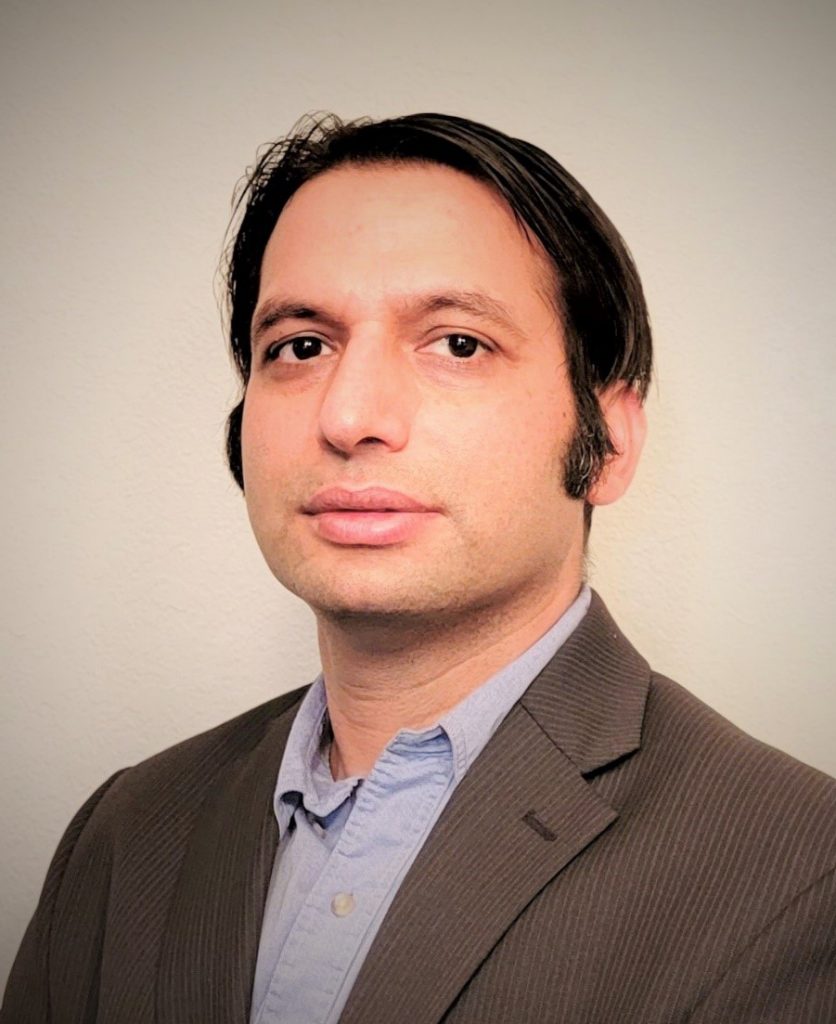
Himanshu Thapliyal
Min H. Kao Department of Electrical Engineering and Computer Science
A Cross-Layer Application of Approximate Computing to Increase Noise Resilience of NISQ Quantum Circuits
Fully fault-tolerant quantum computation will take a significant amount of resources. Therefore, one of the current focuses in quantum computation is to establish the utility of small scale, error-prone, or “noisy intermediate-scale quantum” (NISQ), machines. In NISQ machines, the application of quantum gates as well as the measurement operations can introduce errors

